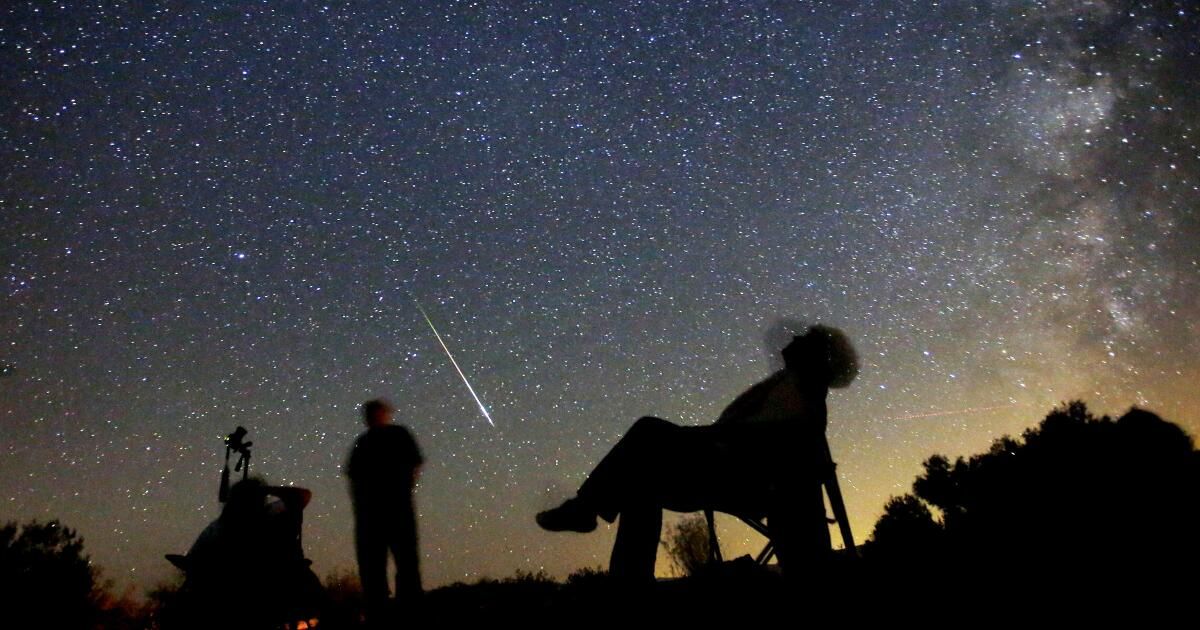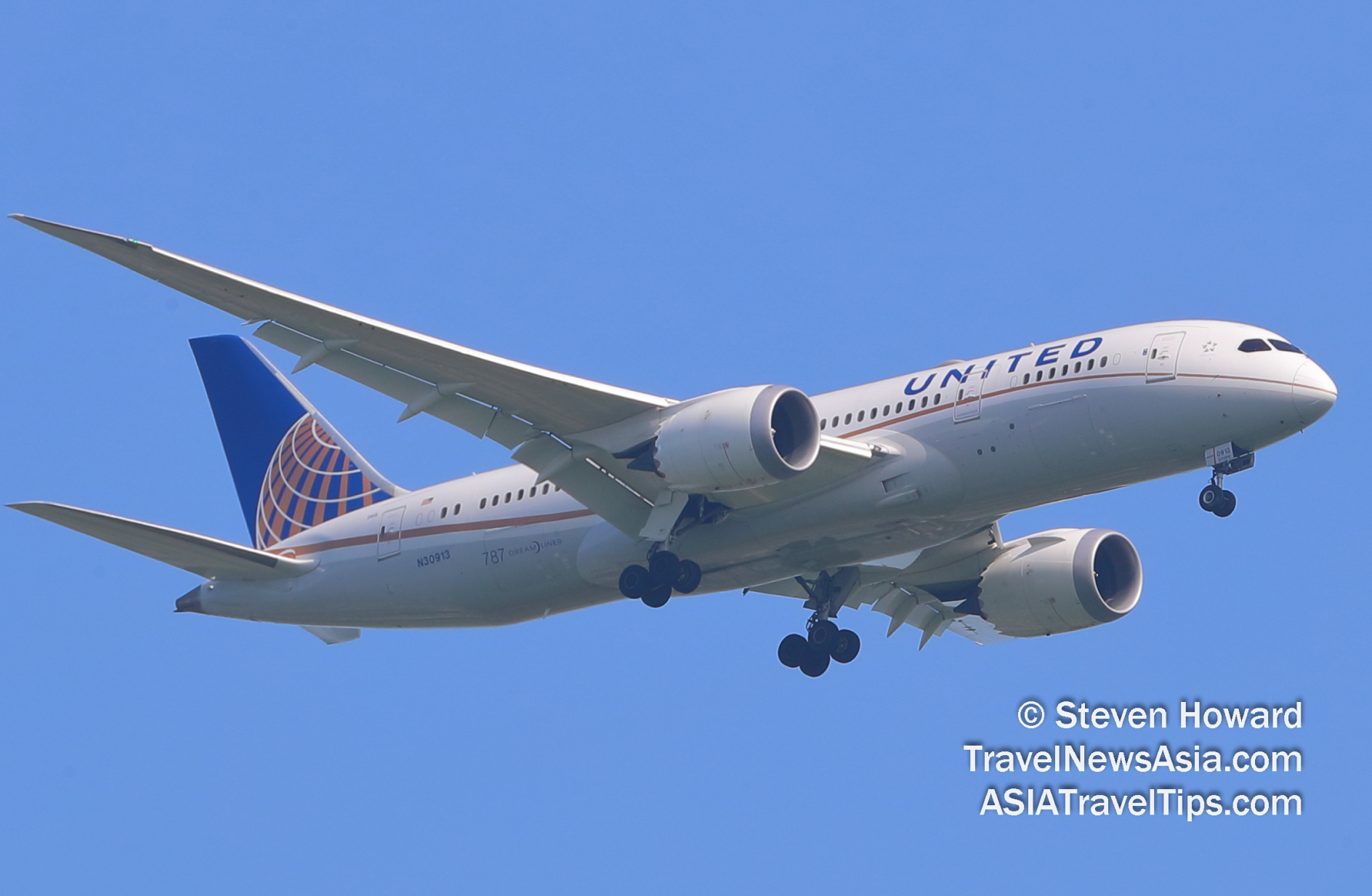The first time Bill Cooke saw a meteor shower, he was 11 years old and in the woods of north Georgia, where mosquitoes were eating him alive. But when he looked up, the sight of the Perseid meteor shower's streaks of color made him forget about his irritating red bumps, if only for a moment.
Cooke, 66, is now the director of NASA's meteor environment program in Huntsville, Alabama, where he studies the skies for a living. And he says it's just as easy for him to witness the meteor shower at its peak in mid-August as it was 55 years ago — and for you, too, if you follow a few simple rules.
The meteor shower is a trail of debris that follows in the wake of Comet Swift-Tuttle, a dirty snowball that completes its orbit around the Sun every 133 years. From mid-July to early September, Earth's orbital path around the Sun intersects that of the comet. And that grain-sized debris becomes “shooting stars” as it enters Earth's atmosphere at high speed, burning up and producing spectacular streaks of light.
Fascination with the Perseids goes back centuries. Medieval European scribes called the meteor shower “the tears of St. Lawrence” because the streaks in the sky fell on the anniversary of St. Lawrence’s martyrdom. A more recent example comes from the late singer-songwriter John Denver, whose hit “Rocky Mountain High” (“I’ve seen fire raining down from the sky”) was based on a camping trip he took to see the Perseids.
Ed Krupp, director of the Griffith Observatory, said the Perseids' appeal is partly due to the comet's timelessness in contrast to the scale of human life. “It makes us reflect on the sky and the cosmos in general, and gives us a very different idea of what's important and how long things last,” he said.
Here are the steps experts suggest you take to fully appreciate the celestial light show.
Look at the right day and time. The frequency of the Perseids will increase from now until the peak of the meteor shower on the evenings of August 10, 11 and 12.
The light show lasts for hours, and it's a good idea to be prepared to stay up late, as “you don't want to stare at the moon too much because it degrades your night vision,” said Tim Thompson, science director at Mount Wilson Observatory.
Luckily, the moon will set around midnight in Southern California, eliminating that lunar smog for night owls.
Find a dark viewing point with a clear view of the sky. The most important thing astronomers do to improve their night vision is to leave the light pollution of cities behind and head to remote locations that are also not obstructed by trees or buildings blocking the view.
Cameron Hummels, a Caltech research scientist and former resident astronomer at Grand Canyon National Park, suggested that Angelenos reserve nearby campgrounds in advance to view the Perseids. Joshua Tree is a popular choice, but there's also the Mojave Desert, Anza-Borrego Desert State Park and even trails and campgrounds as close as the Angeles National Forest near Pasadena.
Inland, Cooke said, people will be able to see a meteor streak across the sky about once a minute. But in a suburb, that rate will drop to fewer than five an hour, he said, because light pollution will make all but the brightest fireballs invisible.
The light show can go on for hours, and Cooke recommends keeping your eyes away from your phone if you want them to adjust to the dark.
Don't focus on Perseus. The Perseids appear to radiate from the northern constellation Perseus, hence their name. People living in the Northern Hemisphere will be able to see the Perseids regardless of where they camp, barring bad weather. But people living deep in the Southern Hemisphere will have a harder time seeing the meteor shower, Krupp said.
But you don't need to find the specific Perseus star cluster to get the best view of the meteor shower; in fact, Cooke advises against doing so. “Don't work to look for the Perseus radiant because the meteors [at that point] “They have short trails and are visually unimpressive.”
“You'll be able to see the meteor shower best if you have a wide view of the sky,” he said, because meteors can appear anywhere. “So get on a cot or a sleeping bag and lie on your back and look up.”
Leave the binoculars at home. Unlike other astronomical events, it is actually best to observe the Perseids without the use of visual aids because the meteors move fast – at 214,300 km/h, to be precise. “A meteor can appear anywhere in the sky. Telescopes and binoculars, [only] “You see a small part of the sky, so you don’t want to use them, you want to use your eyes,” Cooke said.
Of all the annual meteor showers, “the Perseids produce more bright meteors — more fireballs — than any other shower” because of their speed and size, Cooke said. They also appear on warm summer nights, unlike the Leonids and Geminids, which arrive in November and December, respectively.
Use a better camera than the one on your phone. If you're eager to capture an image of a meteor shower, you'd better have more than just your iPhone, said Bob Stephens, an amateur astronomer and globe-trotting “eclipse chaser” who has been capturing meteor showers with his camera for 50 years.
It’s best to have a DSLR or mirrorless camera so you can attach a wide-angle lens, Stephens said: “The wider the better, because you get more sky in the lens.” By stopping down the aperture or f-stop as much as possible, you let in the most light, and he suggests setting the ISO as high as possible without adding grain to the image.
Shutter speed should be slow, but no more than 15 seconds, to capture the light trail moving across the sky, and you'll need a tripod to prevent blurring. Most modern digital cameras have the built-in ability to take photos every few seconds until the memory card is full.












